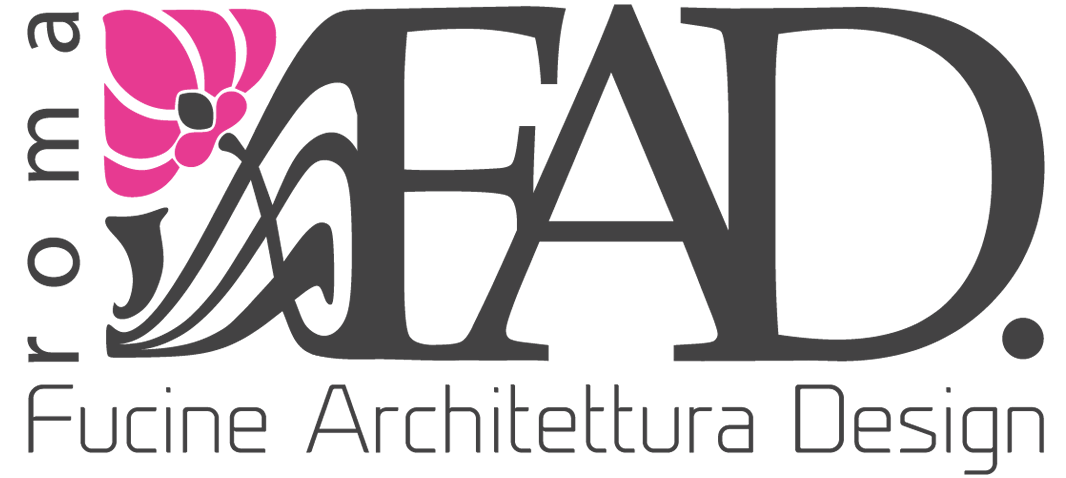The geognostic survey
Core drilling, as a prevention and planning tool
During the design, the Architect cooperates with numerous professionals who provide valuable information and allow the development of a more detailed design to achieve a final optimal result.
One of these professionals is the geologist. Thanks to throughout analysis, the geologist allow us to verify the actual resistance of a land intended for the construction of a building, and to subsequently understand and calculate its future weight in proportion. A specific study may be considered obvious or irrelevant; however, the control of the soil stratigraphy, of its chemical and physical formations are particularly important for the future construction of buildings and architectural structures on the land.
This study is carried out through the "core drilling", that is the name identifying the activity performed by the geologist to examine and study the land; the soil is drilled and cylindrical samples - called "cores" are taken.
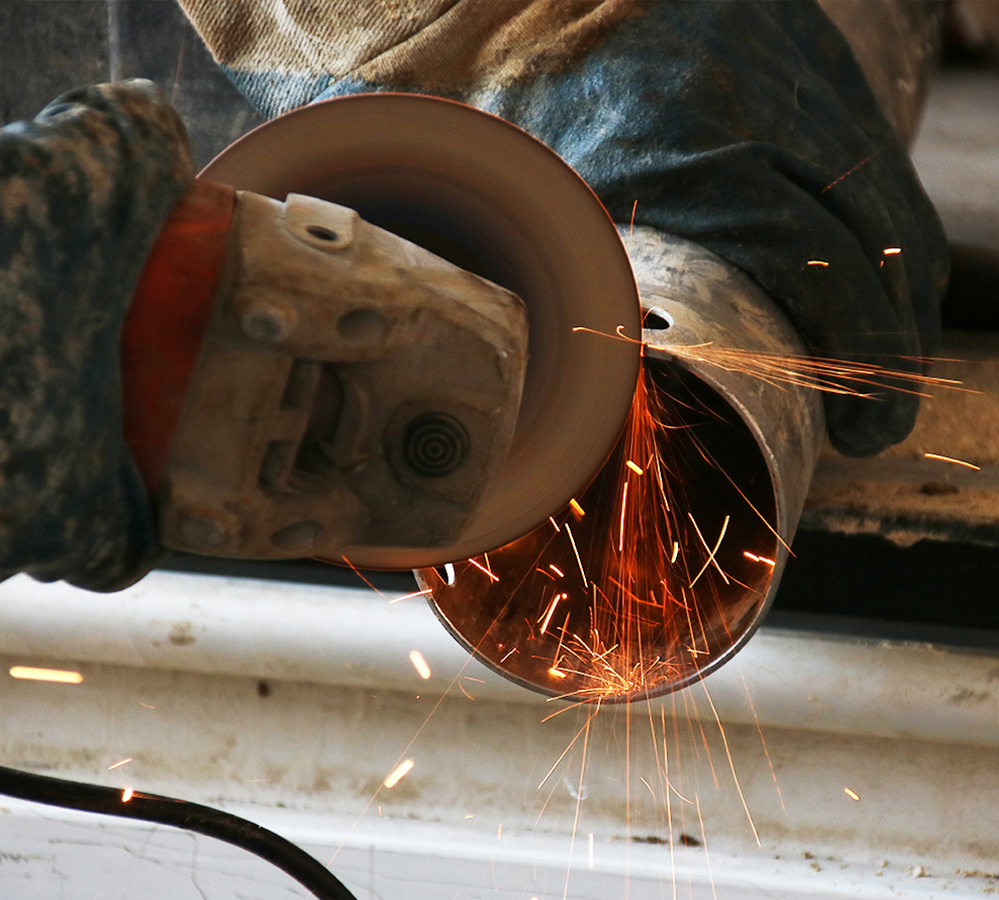
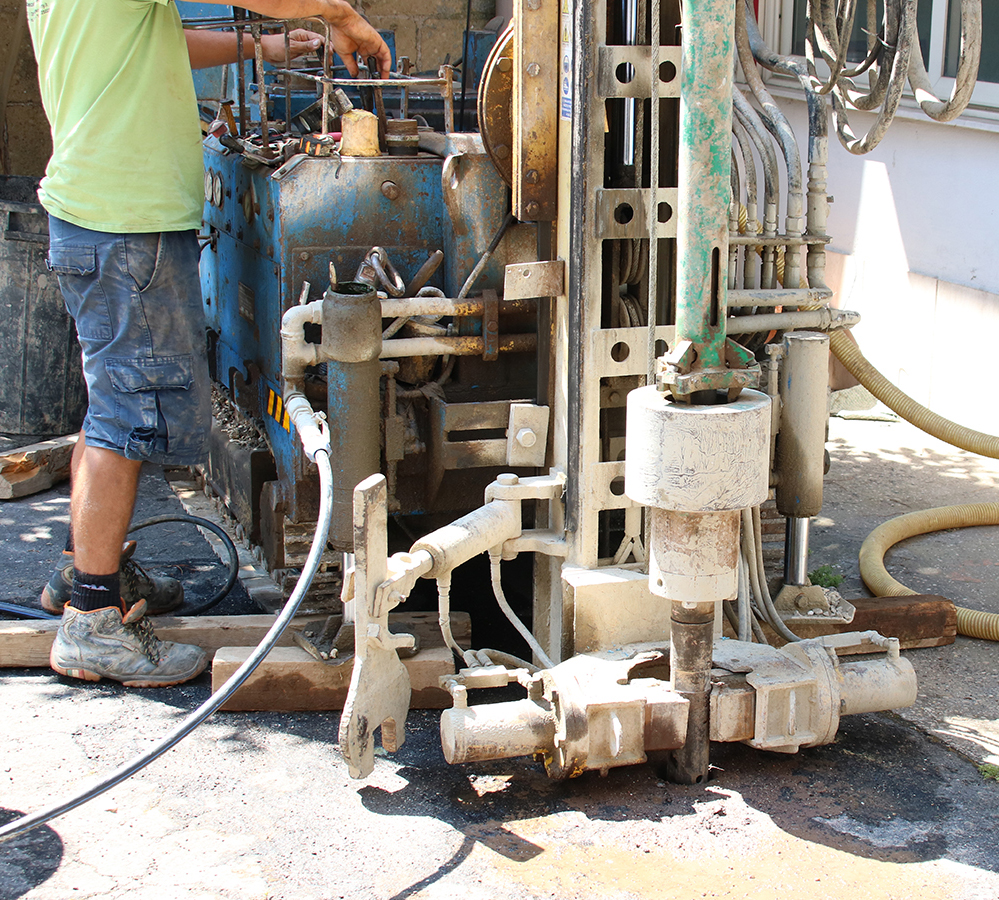
The core drilling takes place by means of a specific equipment that is usually mounted on a tracklayer carriage or, more rarely, on fitted tyres vehicles. This equipment drills the soil by means of hollow rods and pushes a tool, called "core barrel", into the subsoil. The core barrel consists of a cylinder with a sharp crown at the base; the cylinder diameter is 10 cm and its length is 1.5 metres. To perform the drilling, a mechanical system lifts a weight (usually made of concrete); by pounding on the metal rods, the weight pushes the core barrel downward, thus drilling the ground (as shown in the video).
This operation, which may seem simple to most people, is instead very complex; in fact, the drills often reach a depth of 30 metres from the ground level and specific manual skills and ability are required to extract a so large cylinder of soil intact. The difficulty also depends on the soil type as there are softer soils, such as the sandy or the gravelly, and harder and more compact ones. For this reason, it is necessary to previously perform some strength tests on the soil, to verify its consistency and to avoid any damage to the machines or to the ground. The machines are therefore operated by specialised personnel, who define the thrust force to be applied on the ground and the amount of water to be used to soften it.

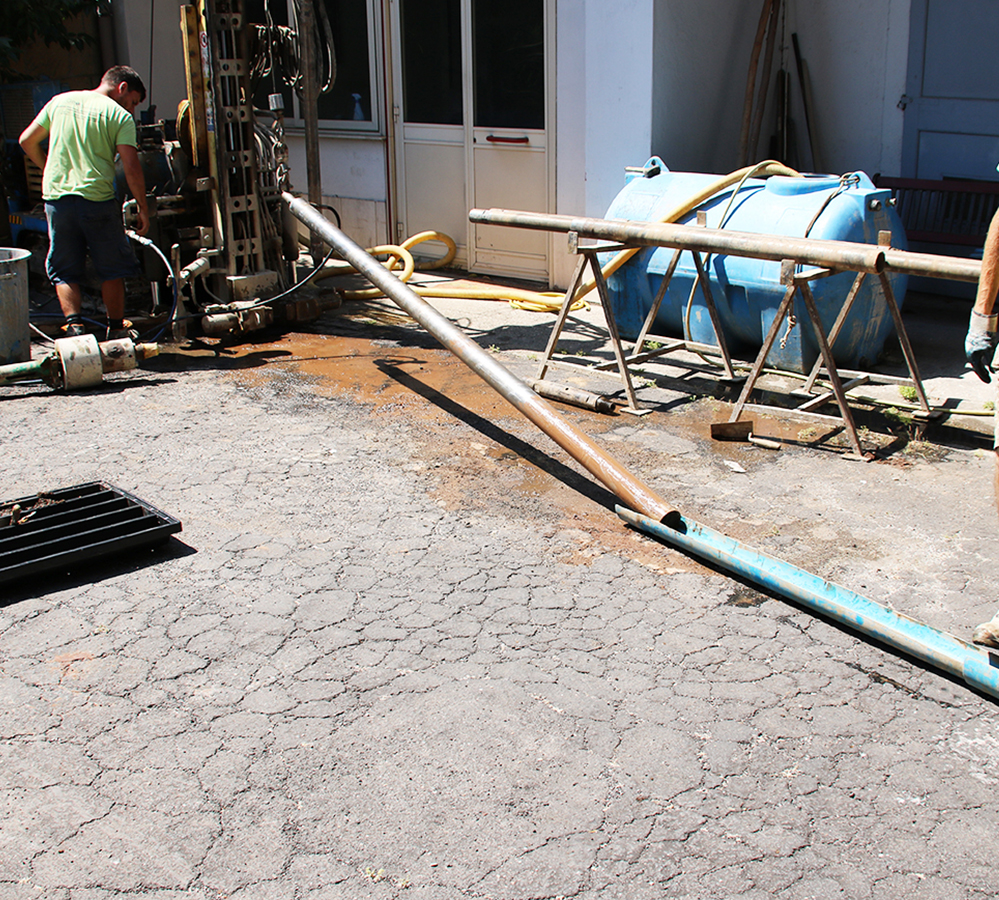
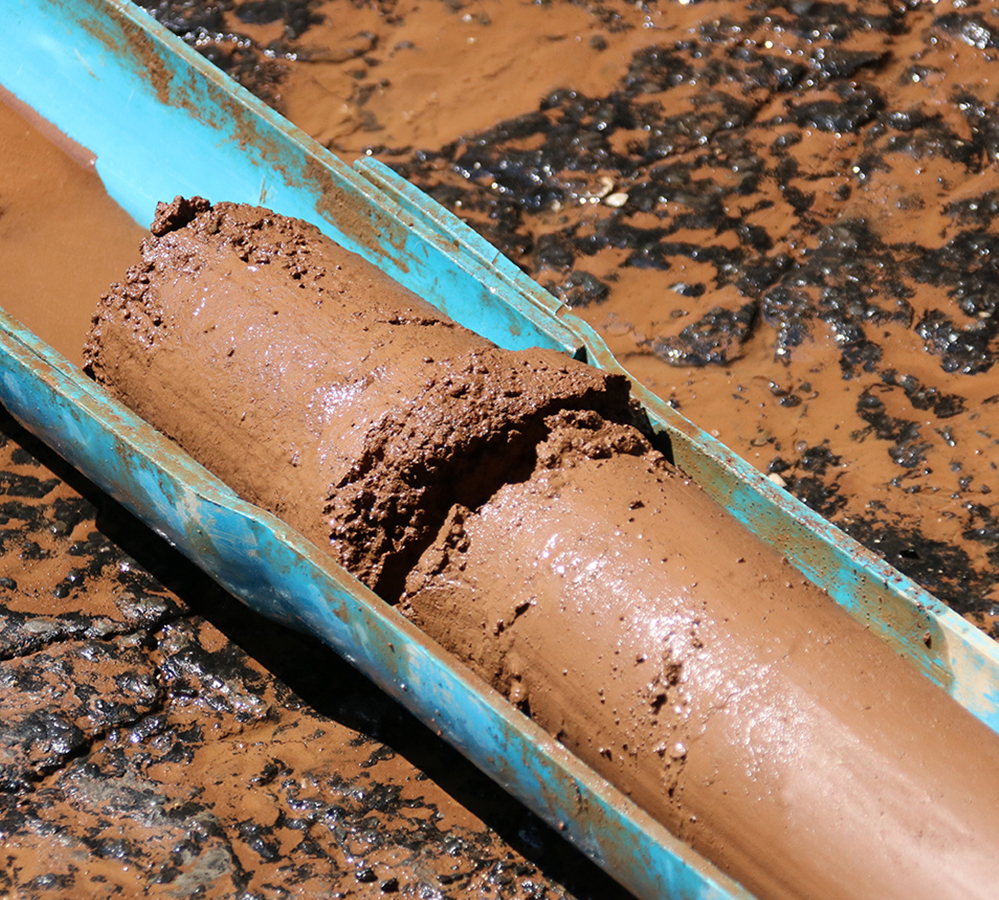
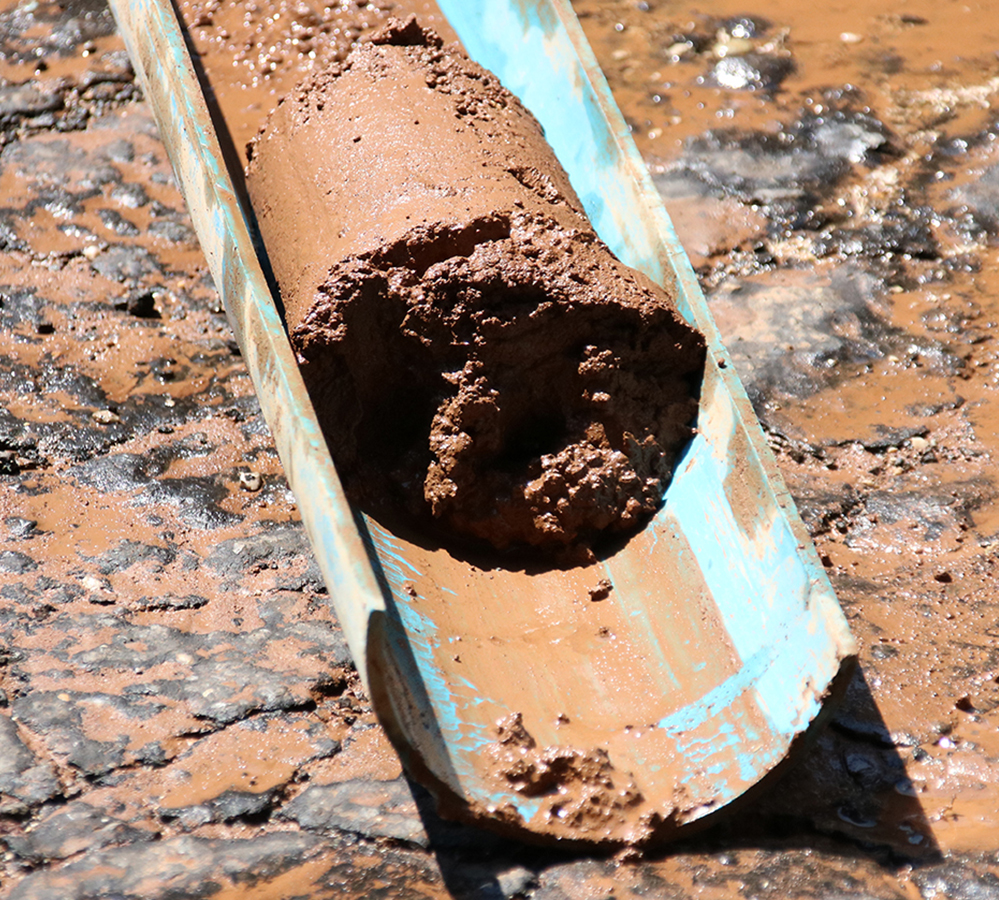
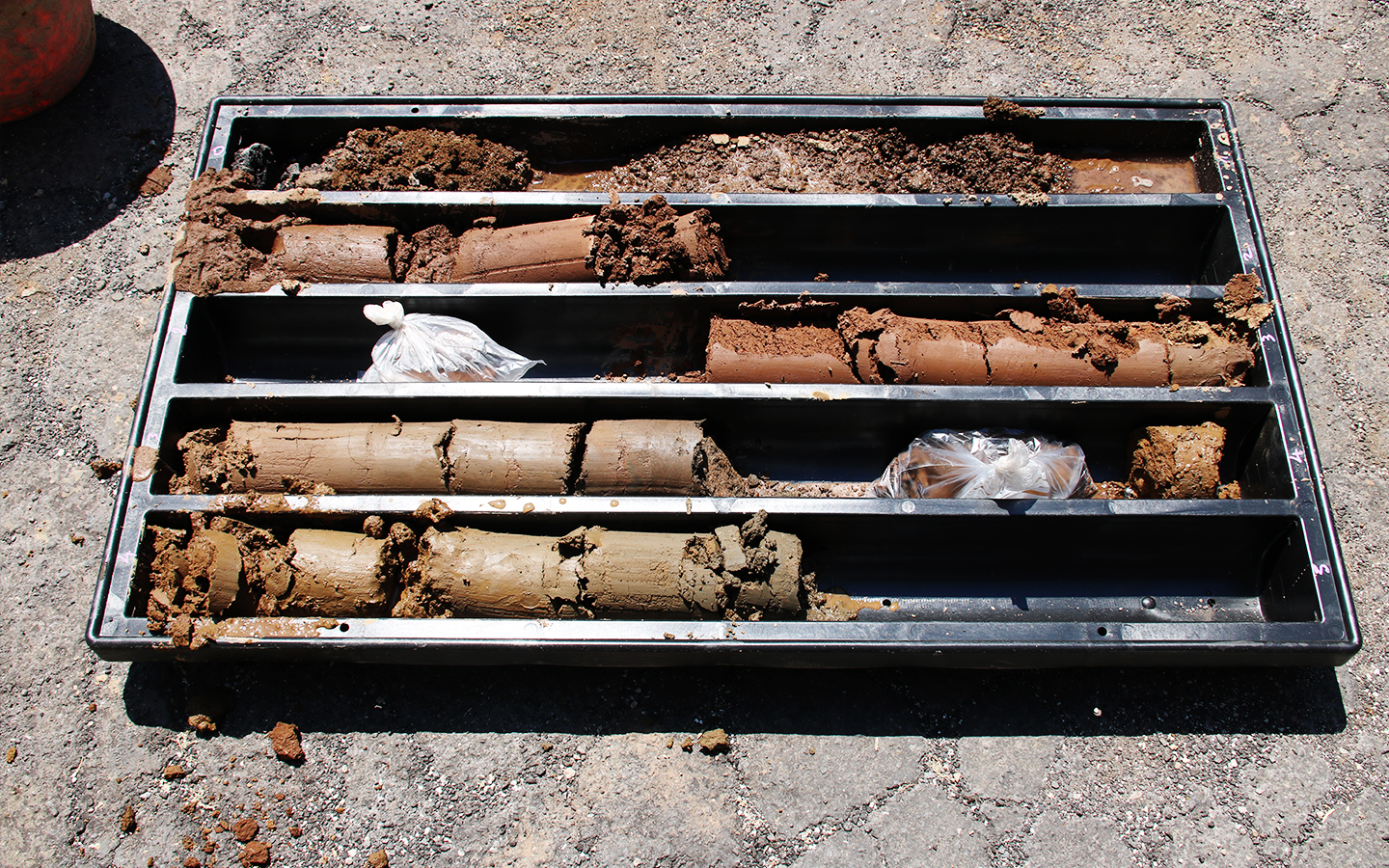
Therefore, the study of the "cores" contributes to understand various aspects:
- It allows to understand how to place a building on the ground and how to avoid construction errors, that could even compromise the building stability in the long period;
- It allows the execution of surveys and to obtain measurements in relation to the groundwater;
- It allows to take soil samples to study the physical, chemical, and mechanical properties of the soil for subsequent projects and realisations;
- It gives information on the hydrogeological and geotechnical quality of the soil and of aquifers present;
- It allows to detect visual and olfactory evidence on the possible presence of pollutants in the soil.
